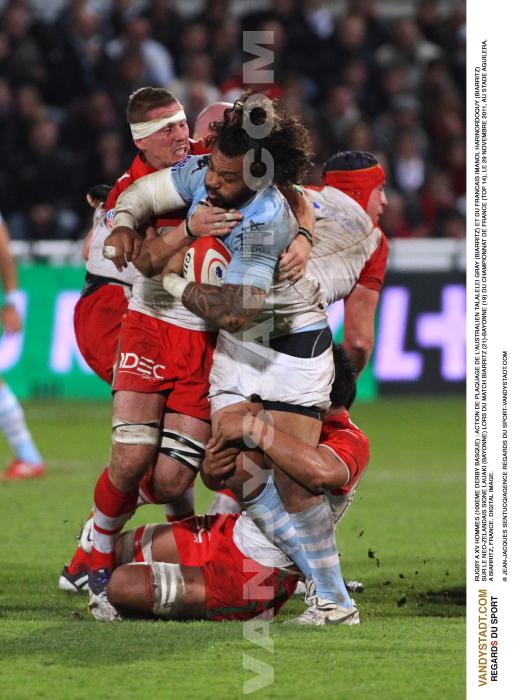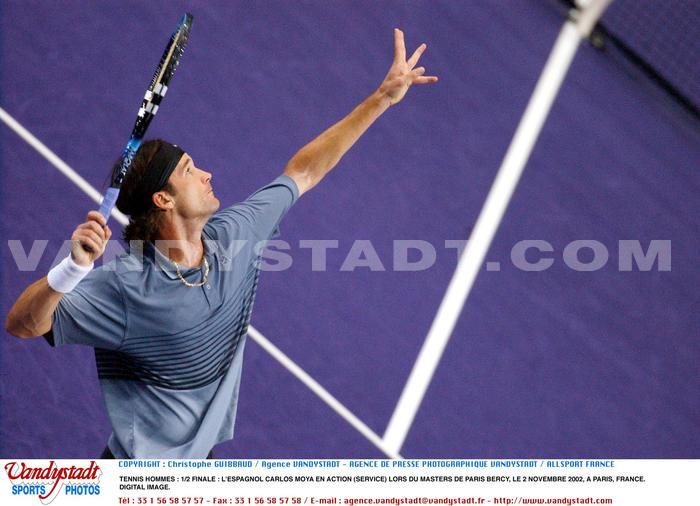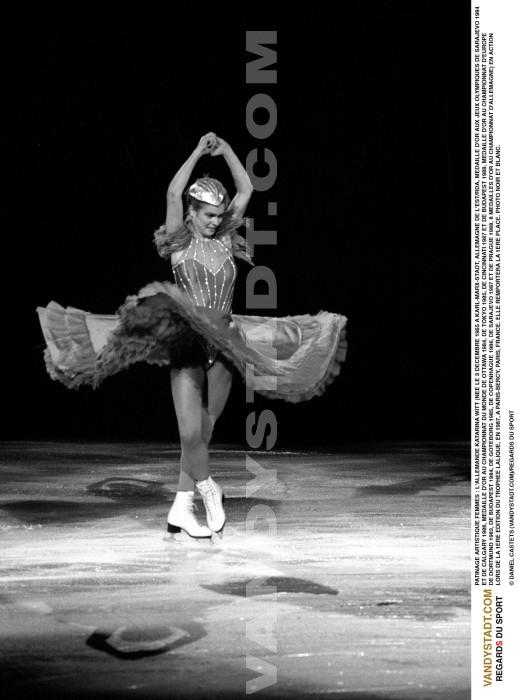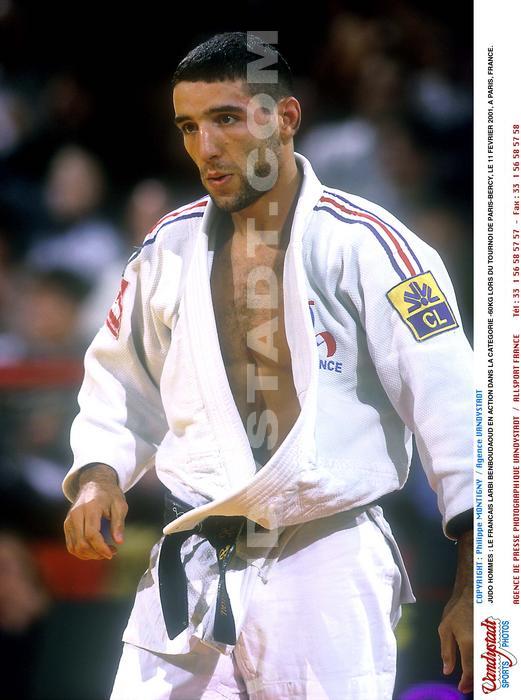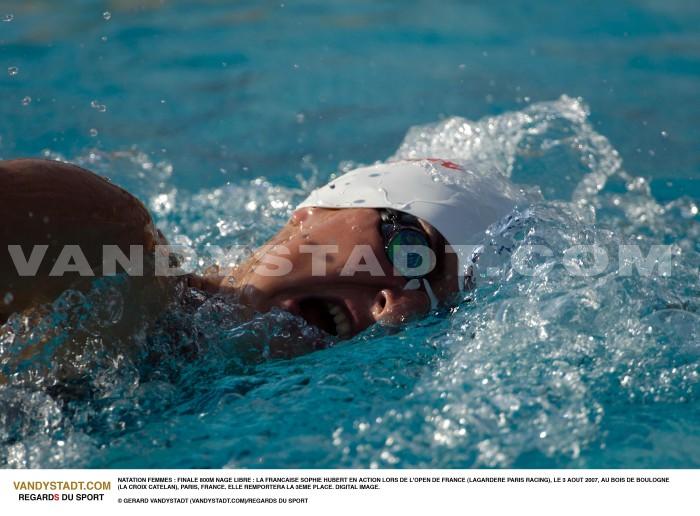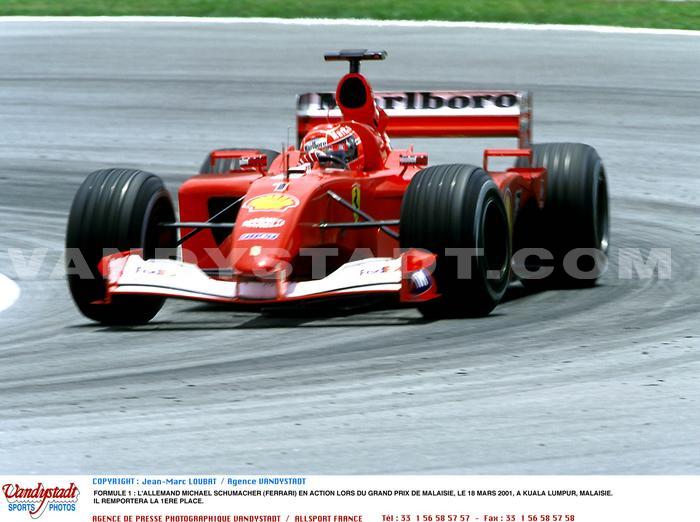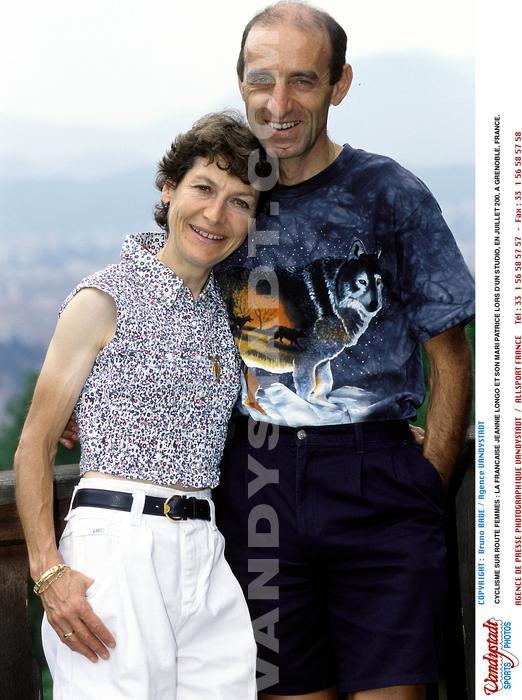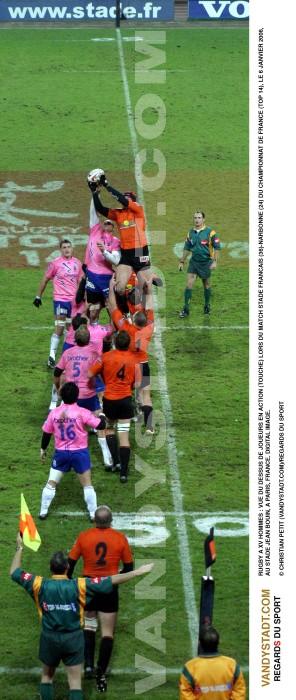Cricket - Cricket history
CRICKET
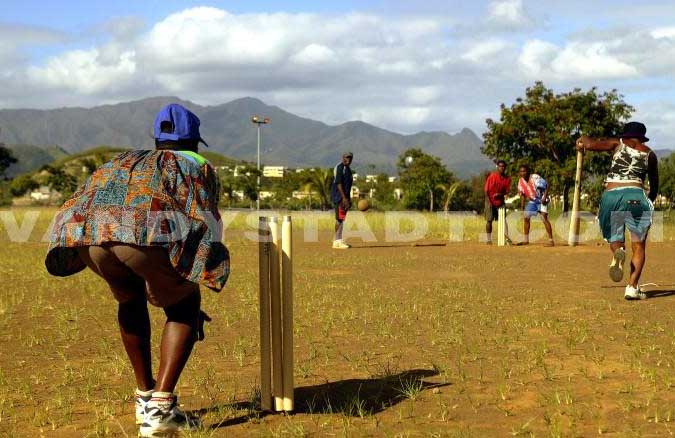
History
In the thirteenth century, a set of balls "Creag" was played to the court of King Edward I and was probably the precursor of "cricket". Then in 1550, pupils' Free School in Guildford established the foundations of cricket. It was not until 1744 to see them playing first and the first major official match between Kent and All England team on the Artillery Ground in London. At this time two games of cricket were played: - that of large schools (Eton and Harrow) and universities (Oxford and Cambridge), and the "countries" or provinces, played first between villages near Kent and Sussex and across the country.The Marylebone Cricket Club (MCC), the club of reference regarding the code of cricket, was founded in 1787 by Count Winchilsea and his aristocratic friends. He was in Islington to four miles north of London. In 1814, this noble old institution moved to its current location (designed by the architect of the Royal Albert Hall, Thomas Verity) in the heart of London. Spread over two acres close to Regent's Park, the "Lord's is regarded as the sanctuary of cricket. It also houses a museum of croquet.
The amateur cricket was born, surrounded by rich and noble families ..
The first international match took place in 1859 between the U.S. and the team "All England" during an initial tour in the USA and Canada England players. In 1861 a tour was organized by England in Australia and in South Africa. Finally won the game the rest of the Commonwealth "as the West Indies in 1920, India and New Zealand in 1932.
The national sport in England is also played in Denmark, the Netherlands, Australia, Canada, India, Pakistan and South Africa.
A text of the 16th century, one of the first official documents written on cricket, mentions the practice in the north-eastern France, in Saint-Omer. France was the vice-Olympic champion in 1900!
There are now hundreds of millions of players worldwide, over 5 million players in Britain and one million in Australia.
In France there are about forty clubs whose members, mostly of British, Indian, Sri Lankan or Pakistani.

- World championships played between the 11 Commonwealth countries. Favorite Teams: Australians, Pakistanis and South Africa.
- World Cup whose last edition took place in March 2003.
- The famous series of "Ashes" (ashes of a wicket), held annually since 1883 between England and Australia. The final takes place at Lord's.
A great opening! Since 1998, women were admitted to the very select 'Marylebone Cricket Club' rich 17 500 members.
1860: Foundation of the Cricket Club of Paris.
1900: Silver medal for France at the Games.
1920: Founding of the French federation.
1940: Dissolution of the Federation.
1987: Reconstruction of the French federation.
1988: Establishment of a League of France.
1989: First game of the France team.
1990: Merger with the Federation of baseball.
![]()
The French federation is incorporated since 1990 in the bosom of the French Federation of Baseball and Soft Ball.
Address of the Federation in London:
MCC Lord's Cricket Ground
St John's Wood
London NW8 8QN
Cricket is played by two teams of eleven players. The teams move to turn on offense (bat) and defense (throw). The pitcher throws the ball, arms outstretched, trying to bring down the windows protected by the drummer. It performs a series of six shots. For its part, the drummer tries to prevent the fall of wickets, hitting the ball with his bat.
When the drummer returns the ball from the pitcher, then he must realize the maximum return trips between the wickets. Each of these races it is worth one point. If he hits the ball directly out-of-bounds, he scored six points. If the ball is hit out of bounds in taxiing, drummer mark four points.
The run is declared invalid if the ball is not thrown arms outstretched, with more than one rebound or so deemed dangerous. Furthermore, the ball is unplayable when it is thrown too wide or too high. In all these cases, the offensive team scored a point.
A drummer is eliminated when: pitcher overthrows the teller, the ATM is destroyed while the drummer is out of his strike zone, the ball is caught on the volley, the batter touches the ball with part of his body, the ATM is destroyed before the batter has arrived in the area, drummer reverses itself counters.
When the defending team has eliminated ten attacks, or that all sets of launch have been played, it goes into attack and vice versa. This is a round. A meeting is played in a round team. The winning team is the one who scored the most points.
Rules and principles more extensive
It's a game that can be practiced in the rain. The game requires the trial and the patient (now a match only lasts a day under the new rules).
The game is played between two teams of eleven players who hit and throw the ball to turn everything over a party that can last from 2 to 6 hours. It takes place on land or 'field' of approximately 120 m in diameter with the center of the 'pitch'. The land is a rectangular track (approx. 20 mx 3 m) with each end, a stop formed by three poles topped with two catches.
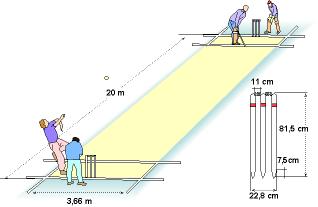
The teams go to any tower attack, bat, and defense to run.
When the defending team has eliminated 10 attackers, she goes into attack. This is a round or 'inning'. The batter must hit the ball hos scope of the adversary to have time to make the largest number of trips or 'run' (1 point per run) between the wickets before the return of the ball. The pitcher must stop destroying the enemy. The winning team is the one that scores the most points.
The goal is to defend against a wicket the ball launcher. It scores points when the current drummer of a window to another, performs one or more trips back to the condition that the ball is in play
1. The wicket keeper (Wicket_Keeper)
2. and 3. Bôleur (Bowler)
4. The Backstage (Briefs)
5. The Third (Third Man)
6. The Support Point (Cover Item)
7. The Extra Support (Extra Cover)
8. Mi-Left (Mid-Off)
9. Mi-Right (Mid-On)
10. Right Bracket (Square Leg)
11. The Support Law (Fine Leg)
12. Referee - Bôleur
13. Referee - right bracket
14. The counters (-Wickets Stumps)
15. The limits of the game Boundary
16. The land between the wickets Pitch
17. The Pavilion The Dressing Room
Counters the limitations of the game: 75 yards
The land between the wickets: 20 meters
Length of the window bars: one meter
Distance between the bars of the window: 6 cm
The red ball is about the width of a tennis ball.
The playground is a lawn of green grass oval, smooth, cut and rolled in the center of which is a field between the wickets, 20 meters long, cut at ground level and carefully rolled.
The limits of the game are marked by a white, oval.
.jpg)
- In 1998, the captain of the Australian team Mark Taylor (27-10 - 64) has made 334 runs in one game against Pakistan.
- The biggest star of the current cricket, the Indian Sachin Tendulkar has surpassed the 10 000 runs with its towers of bats.
Record speed of the ball in cricket
It belongs to the player since 1977 Australian Jeff Thomson with 99.7 miles per hour (mile: 1609 m).
Other attempts have not been approved by the Federation: 100.04 miles per hour, established in 2002 by the Pakistani Shoaib Akhtar.
Leggings, padded gloves, a helmet.
The bat long 80 to 90 cm has a flat face used to strike the ball and the other rounded.
The ball very hard and is covered with red leather. The bôleur throws the ball a window to another, which is defended by a drummer from the other team. There is also a second drummer on the other side. The mixer is equipped with a wooden bat willow, very strong, and is protected by barrier-padded legs, thick gloves and a cap enhanced colors.
The purpose of the mixer is to defend his wicket and at the same time hitting the ball in the park so he could run counter to the other and win a point.
The drummer is offside if he misses the ball touches his desk and removes a stick or the ball is caught directly in the air by a member of the team bôleur, or if the ball is returned to the office before he reaches. When the batter is out of play, he must return to the flag while another drummer from the field.
The possible moves for the drummer are two types: advancing the foot or by removing the back foot. We advance up to attack the ball when she jumped on the ground near the foot of the drummer, and we remove the back foot to defend or attack when the ball bounded to a greater distance from the drummer. By running a blow forward, drummer trying to keep the ball on the floor or raise it at high speed above the heads of "fielders".
You can earn four points if the ball goes beyond the game and we win six points if the ball goes beyond the still air without touching the ground. When using a blow back, you can defend his wicket to guide the ball or a strike on the left or a stroke or shot a round of hand to the right side. Whenever the other batsmen reached the counter, who is responsible for the coup earns one point. The batsmen may continue to run, but they must judge wisely to avoid being offside
There are two other ways of being out of play: "stop" when the drummer is out of his line of drums, he misses the ball and the wicket keeper attack and remove the rods which crown the ATM and "LBW" leg before wicket when the batter misses the ball thrown by the bôleur and to design or unintentionally, he tries to protect his wicket with his leg and the ball touches his leg. In response to a call by the team bôleur, the arbitrator finds that the drummer was offside or not.
The bôleur trying to fool the batter and make offside There are three kinds of bôleurs: fast, medium and slow. The short bôleur fast paces, more or less, before throwing the ball. It simply uses the speed or curve in the air to force the batter to make a false stroke Alternatively, he may drop the ball, giving the effect. The ball is in contact with the ground, turning slightly left or right, which generates difficulties for the drummer. The bôleur way depends on the accuracy of the direction and length of the flight of the ball. It varies the speed of the ball to confuse the batter. The slow bôleur tries to give the ball to effect a left or right. Very often the drummer is a big blow for a "six", which may well provide a "catch" a "fielder"; result "out". The bôleur throws the ball six times, then the umpire calls "Over" and they change position and another bôleur launches its six bullets from the other wicket. The game continues this way. If bôleurs are not very strong or have missed the "catch" the team batsmen can reach a total of 300 points or more in one day. By cons, if bôleurs are shaped, the total may be only 100 points or less. When the batsmen are all out of play and the last is Not Out, this is called an Innings. Sometimes when we get a good total fast, the captain may conclude his "innings". This is called Innings declared closed. This will give her more time bôleurs Boler bench for the opposing team.
Usually the matches between teams or school clubs take place the afternoon of 14 hours at 19 hours, with a break for tea. These games are decided by an "innings" for each team. Some games for two or three days with breaks for lunch and tea are determined by two "innings" for each team. These are matches between clubs County first class. Finally, there are Test matches between national teams where players are of the highest class matches lasting five days and are determined by two "innings" each.
The reference in the world of cricket is the Wisden Cricketers Almanack created by the English player John Wisden (1826-1884). Published annually since 1864 to the United Kingdom, it means every year the top five English players. In 2000, under the 5 greatest players of the 20th century was attributed to:
- Sir Donald Bradman (100 votes out of 100), Sir Garfield Sobers (90 votes out of 100), Sir Jack Hobbs (30 votes out of 100), Shane Warne (27 votes out of 100) and Sir Viv Richards (25 votes out of 100).
Recently, the white uniform is no longer required on the turf.
Ground: the playground
Pitch: the ground between the wickets.
Boundary: The boundaries of the game
Fielders: players of the team bôleur.
Fielding team bôleur.
Side: Team (team).
Wicket: the wicket.
A wicket is a small wooden structure made of 3 rods from a height of 71 cm, bearing at their summit two small pieces of wood laid. The object is the target of the caster that attempts to throw a ball to reverse. For this, he must outwit the defense drummer or batsman, looking to hit the projectile in flight. The art of cricket is in the pitcher's ability to surprise his opponents by giving a particular path to the ball.
Stump: the bar.
Bails: rods.
Batting side: team drummer.
One run, one point.
Centuries: hundreds of points (score 100 runs or more)
Out: offside
Caught: caught live in the air.
Run out: drummer is running out of play if it arrives at the counter after the ball is returned.
Stroke: the scope (to beat the ball).
Forward: advancing foot.
Back: removing the back foot.
Drive: a sudden forward to attack the ball.
Four four 'runs'.
Six: Six 'runs'.
Cut: a sharp blow.
Hook: suddenly turned toward the right side.
Glide, a sleight of hand to the right side.
Striker: drummer who did it.
Stumped: wicket.
Batting: the online drummer.
Leg before wicket: leg before wicket.
Fast, medium, slow: kind of bôleurs.
Swing the ball describes a curve in the air.
Spin, estate: giving effect to the ball.
Leg break: give effect to the ball to left.
Off break: give effect to the ball right.
Copyright Sportquick/Promedi








